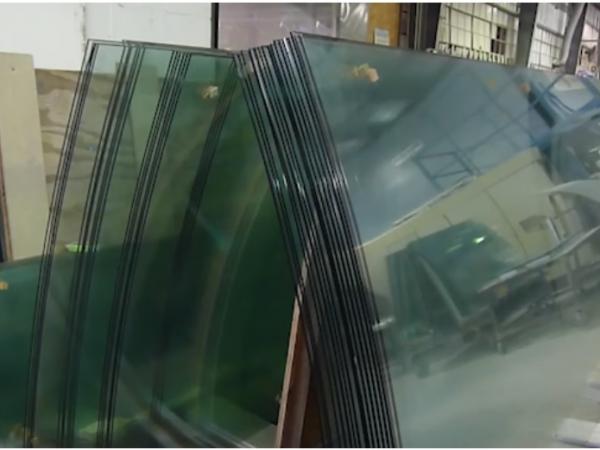
Date: 2 March 2016
Then, these individual lites of glass are edged on a vertical line and sent to a large industrial washer. Next, they either get laminated or bent.
At the laminating line, glass that has already been edged and washed gets washed again and fed into the lay-up room. Then, a glass "sandwich" is constructed with layers of glass and polyvinyl butryal, or PVB. This method can be modified to create colored, patterned or textured laminated glass. Once the sandwich is complete, it is trimmed and moved to a pre-heat oven, then a press, then another pre-heat oven and another press.
Finally, the entire sandwich assembly goes into an industrial autoclave, where it is de-aired and sealed under the heat and pressure of the vessel. Afterwards, trimming of excess PVB takes place before final quality checks are performed. The glass is then prepared for shipment.
Glass sheets have been curved or bent since ancient times. Today, an advanced computer-controlled roller hearth can process and temper even low-e coated glass in minutes. Before going into the roller hearth, the glass is finished, edged and washed. Once it moves to the hearth, it is pre-heated and rolled back and forth until the desired curve is imparted to the glass. Then, the glass is cooled and quenched to strengthen the curved glass.
Even curved glass can be laminated and constructed into insulating glass units (IGUs). In this process, the glass parts are tested and inspected for fit and carefully and carefully cleaned before a flexible foam spacer is applied and pressure clamped. Then, a secondary seal is applied and the IGU is air-cured and ready to ship.
 600450
600450






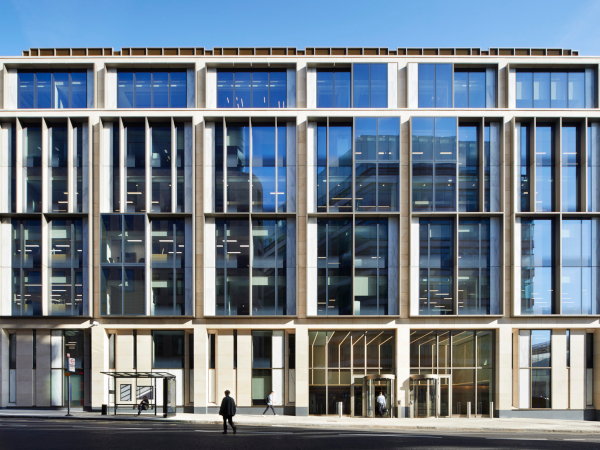
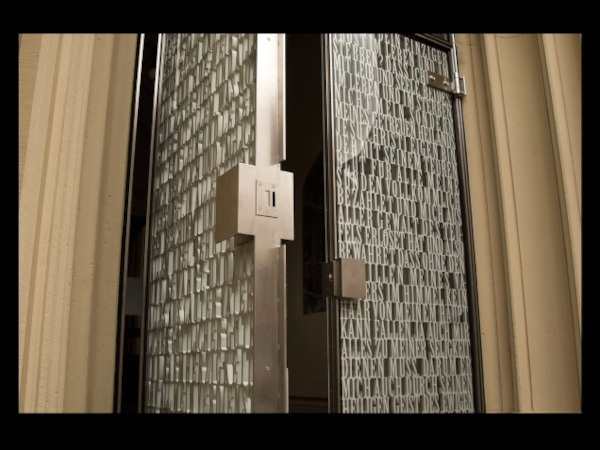














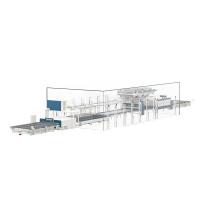
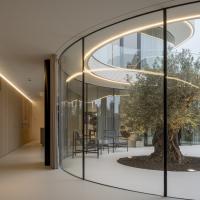
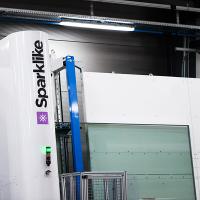


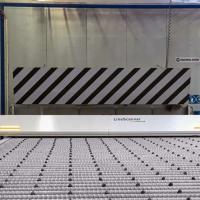
Add new comment